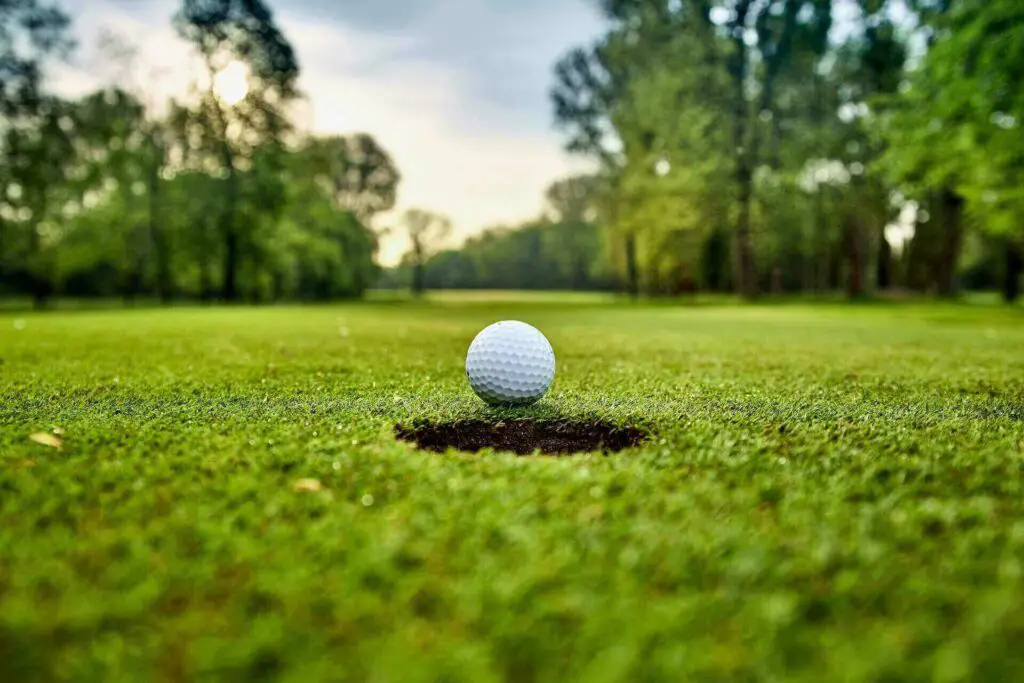Physical Address
304 North Cardinal St.
Dorchester Center, MA 02124
Physical Address
304 North Cardinal St.
Dorchester Center, MA 02124
If you want to start golfing, you should begin with figuring out handicaps. These scores will help you find your footing and level of professionalism. In life, a higher number tends to represent a higher score, so which is better, a 3+ or 20+ handicap in golf? Let’s learn more about that.
A 3+ handicap is better than a 20+ because lower scores mean higher skills. Players with handicaps below five are typically professionals and can be sorted among the world’s best golfers. Still, 20+ is a good mark and a great starting point for future professionals.

In golf, lower handicap rates mean higher skilled golfers. Technically, a player with a 3+ is considered professional and in the upper echelons of the golfing elite. Anything below five is a great handicapping number, but getting to that level takes time and effort.
Anyone over the 20+ score is deemed to have a high handicap, which won’t take them to the US Open anytime soon. However, 20+ is the threshold and offers room for improvement.
For amateurs, a 20+ handicapping rate is excellent. If you can achieve this and go lower, it means you’ve worked hard on your golfing skills. The average rate for men is 14 and 27 for women; anyone who can go from these numbers down to 10 or 20 is highly skilled.

Before you sign up for a golf club membership, let’s review the meanings and purposes of handicaps. They are a set of numbers assigned to golfers, indicating their skill level. The lower the number, the more skilled of a player you are.
They’re used to ensure that all players in a golf tournament compete on an equal playing field by adjusting each player’s score based on their handicap. For example, if Player A has ten and Player B has 20, then Player A’s score will be adjusted by ten strokes to give them an equal chance to win.
A handicapping rate is calculated using a formula that takes the player’s skill level, the difficulty of the course, and their score into the equation. The USGA (United States Golf Association) has a set of guidelines that need to be followed to calculate a handicap.
For those that find it difficult to calculate and fine-tune the numbers, the USGA offers an online service called the GHIN (Golf Handicap and Information Network) that allows players to input numbers and calculate their handicaps automatically. This is free for members of the USGA.
Many private companies also offer handicapping services. These companies usually charge a fee, so joining the USGA and practicing independently may be more worthwhile.

On average, players are meant to “break 90” on an 18-hole course which means finishing all eighteen holes within 90 strokes or less. Now, two holes of golf can have different pars or a maximum number of times you can attempt them; if you finish a par-3 hole in three strokes and keep doing so throughout the course, you could easily break 90.
What does this have to do with handicapping scores? Well, everything! Better rates mean lower handicaps. Here’s a chart overview of average scores per eighteen holes.
| 18-hole course average score | Estimated handicap |
| 70 – 75 | 1 – 2 |
| 76 – 80 | 3 – 5 |
| 81 – 85 | 6 – 9 |
| 86 – 91 | 10 – 13 |
| 92 – 97 | 14 – 19 |
| 98 – 101 | 20 – 24 |
| 102 – 106 | 25 – 28 |
| 107 – 112 | 29 – 33 |
As you can see in the chart above, the 20+ handicapping rate isn’t in the range of breaking 90. Anyone with twenty typically finishes an entire course in around one hundred strokes. If you achieve this and haven’t played for long, you’re very talented and likely to improve quickly.
Amateur golfers can join some of the best clubs for beginners, get training, and practice whenever possible. If you make improving your handicapping number a priority, you’ll get from twenty to ten and then from ten to five in no time.
On average, going down from 20+ to 3+ could take a couple of years, but it all depends on your progress and the motivation to get a better number.
The US Open 2022 was held in June, between the 16th and the 19th. The winner was an English golfer named Matt Fitzpatrick, who succeeded in getting below 70 in every game round.
The US Open is played in four different rounds across four days, and Fitzpatrick scored 68 in the first and last two rounds and 70 in the second.
To qualify for this tournament, players must not have handicaps exceeding 1.4. Sounds pretty professional, right? Before a golfer turns pro, their handicapping rates need to be between 4+ and 6+ to qualify.

You can use high numbers to your advantage; research how to improve, and you’ll get better, for sure. Practice makes perfect, so try the following to ensure your scores improve:
It won’t be easy to improve your handicapping number, but the trial and error part will at least be entertaining. While it’s nice to keep track of numbers and lower them, remember that golf is just a game meant to be played, not conquered.
The best players in the world might be highly competitive, but their greatest motivation is the love of sport, not winning (not always, anyway). You don’t need to push yourself harder than possible to achieve something – take your time, enjoy the process, and don’t be afraid to play the long game.